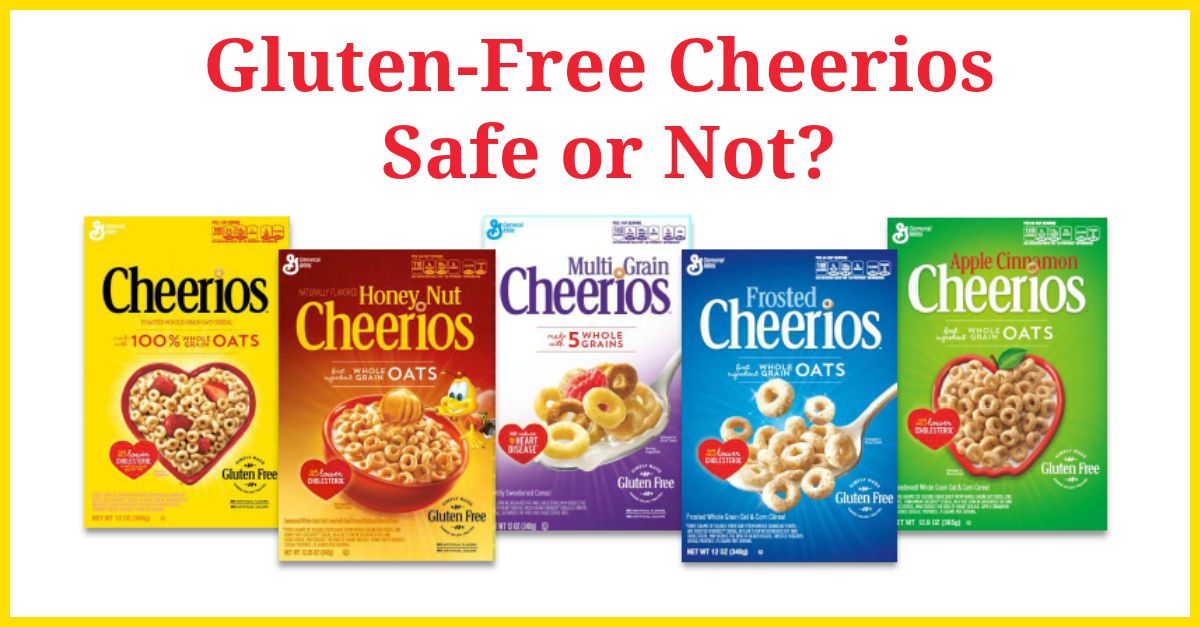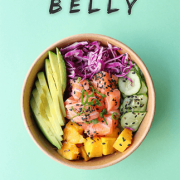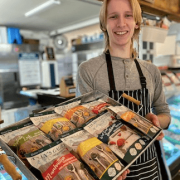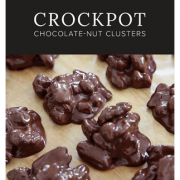Simplifying the Cheerios Gluten-Free Debacle
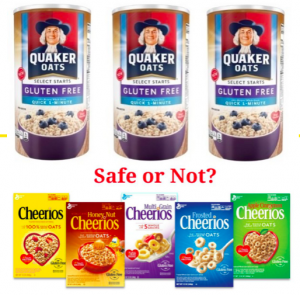 QUESTION: I just happened upon Quaker Gluten Free Oatmeal packages at Walmart in Victoria. After your recent post about Cheerios, I wondered what the feedback is about this new product? I’d like to know – Quaker Oats is so much cheaper than other ‘gluten-free oats.’
QUESTION: I just happened upon Quaker Gluten Free Oatmeal packages at Walmart in Victoria. After your recent post about Cheerios, I wondered what the feedback is about this new product? I’d like to know – Quaker Oats is so much cheaper than other ‘gluten-free oats.’
ANSWER: Both Cheerios and Quaker Oats employ mechanical/optical sorting methods to process oats to be gluten free versus what has been until now, the gold standard ‘purity protocol.’
Health Canada does not specify the methods or controls oat producers should use in order to meet the Marketing Authorization requirements. Many producers of gluten-free oats use the purity protocol which has been proven to be effective. Some producers may use other methods such as mechanical and/or optical sorting to remove gluten-containing grains from oats rather than a purity protocol.” Learn more here
Does Quaker test their products?
“Yes. We have checkpoints throughout the milling process. This includes testing individual samples from each production lot of our finished product. Only if each of those samples in the product lot passes analytical testing can the lot be released from the mill.” Learn more here
Why did the Canadian Celiac Association reject Cheerios ‘gluten-free’ oats claim?
“Based on the information provided to date, our scientific advisors are not convinced that the testing procedures described by General Mills are sufficient to detect these contamination “hot spots” in the oats and oat flour or in the boxes of cereal that may contain those contaminated oats. As a result, some boxes of cereal in the market may be safe for people with celiac disease while others contain significant gluten contamination that has not been detected using current testing protocols.”
Learn more at CCA Gives Two Thumbs Down to Gluten-Free Cheerios
CONCLUSION:
Advances in the technology that secure safe gluten-free oats for the marketplace are being developed. These innovations allow for a potential savings in processing that can be passed on to consumers.
As long as manufacturers have a testing protocol in place that guarantees that each and every product that makes it on to stores shelves contains less than the allowable 20 part per million – and are willing to share that information with consumers – we may have faith in these brands.


